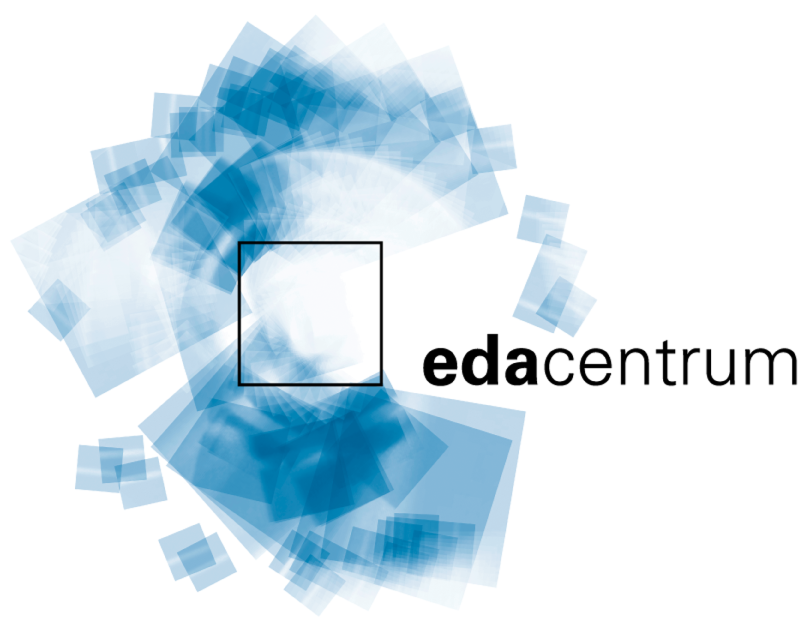Benefit of Networks
Advancing competence through networks: the bigger picture
Functioning, vibrant networks contribute significantly to advancements – even leadership – in competence. Existing competence-specific networks are very valuable, but the microelectronics industry needs cross-competence networks to deal with the complexity of the challenges that it faces. The industry must overcome the challenges posed not only by design automation, which is more complex than ever, but also those of ever-increasing circuit complexity; the integration on a single chip of different technologies, such as of the analog / mixed-signal, digital and RF design blocks; and the integration of software with a micro/nanoelectronic component – today’s state-of-the-art.
The industry must address not only the horizontal interfaces of EDA networks. It must also address the vertical interfaces, that is, the different levels of abstraction ranging, for example, from design and verification up to the final application. This requires a breadth and depth of expertise not possessed by an individual expert. Interdisciplinary communication and cooperation are therefore essential for fruitful research and successful development.
It was once important to increase and disseminate knowledge within individual design domains. It is now much more important to look at the bigger picture – the chip, the whole system, and its operational environment. How do we answer questions such as: How do we integrate an analogue block into the digital design? What does the software functionality expect from the hardware interface? What are the application-related requirements ‒ such as ultra-low power, fault-tolerant behaviour, protection against hacking, etc. ‒ that we must consider in the design of both hardware and software? What costs per component must be achieved in the manufacture of the mature product, what impact will this have on production volumes, and thus the choice of technology and the depth of integration? How will the necessary design tools from different disciplines work together in the future?
Domain-specific networks operating in isolation are clearly no longer sufficient to answer these questions. In addition to optimal networking within the design community, we need an exchange of experience and ideas across parties within the wider technical and political ecosystem. This includes the national and international sponsors of the projects, as well as the interest groups in those application areas in which microelectronics enables significant future advances, such as automotive, healthcare, and energy.
